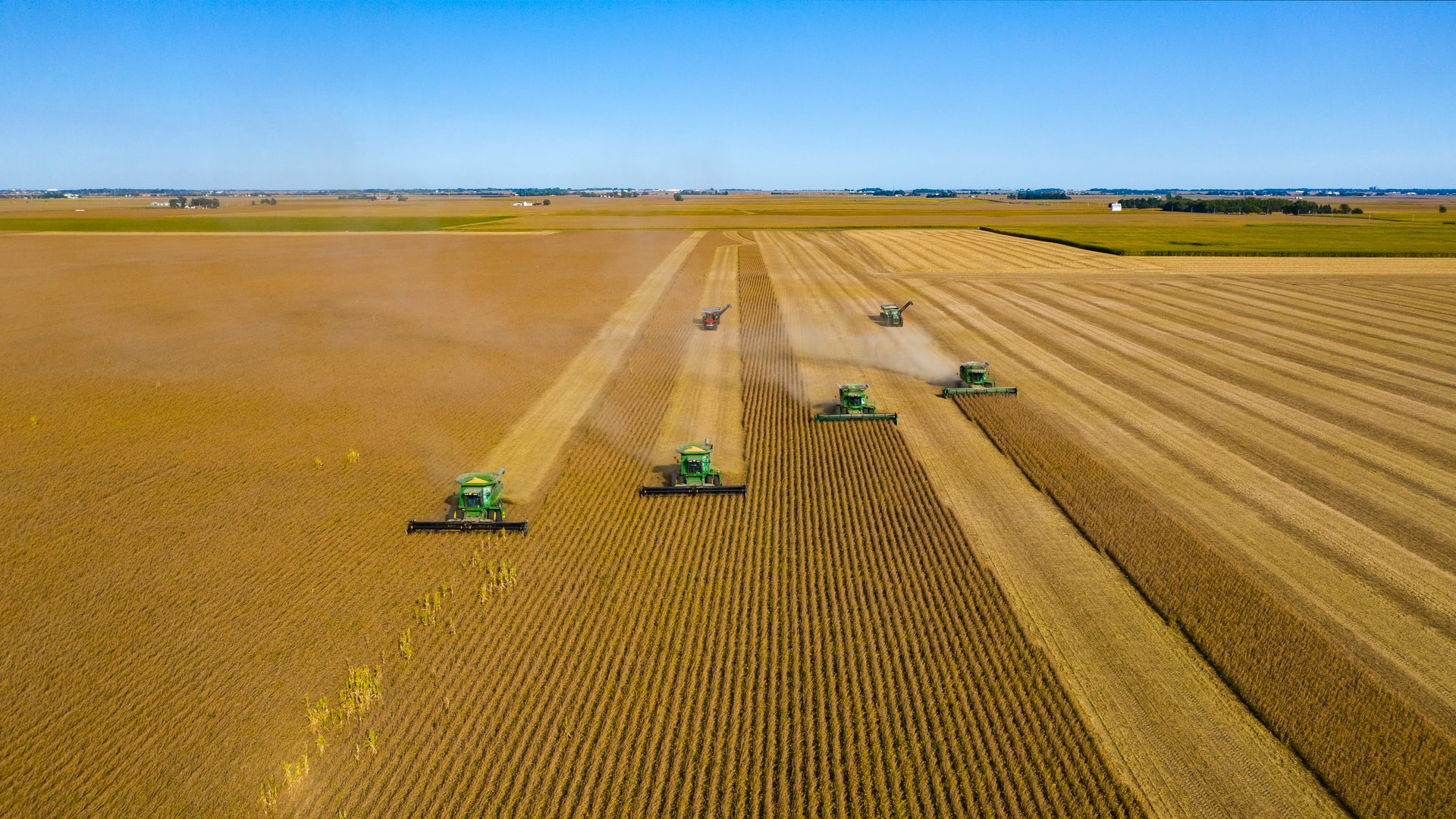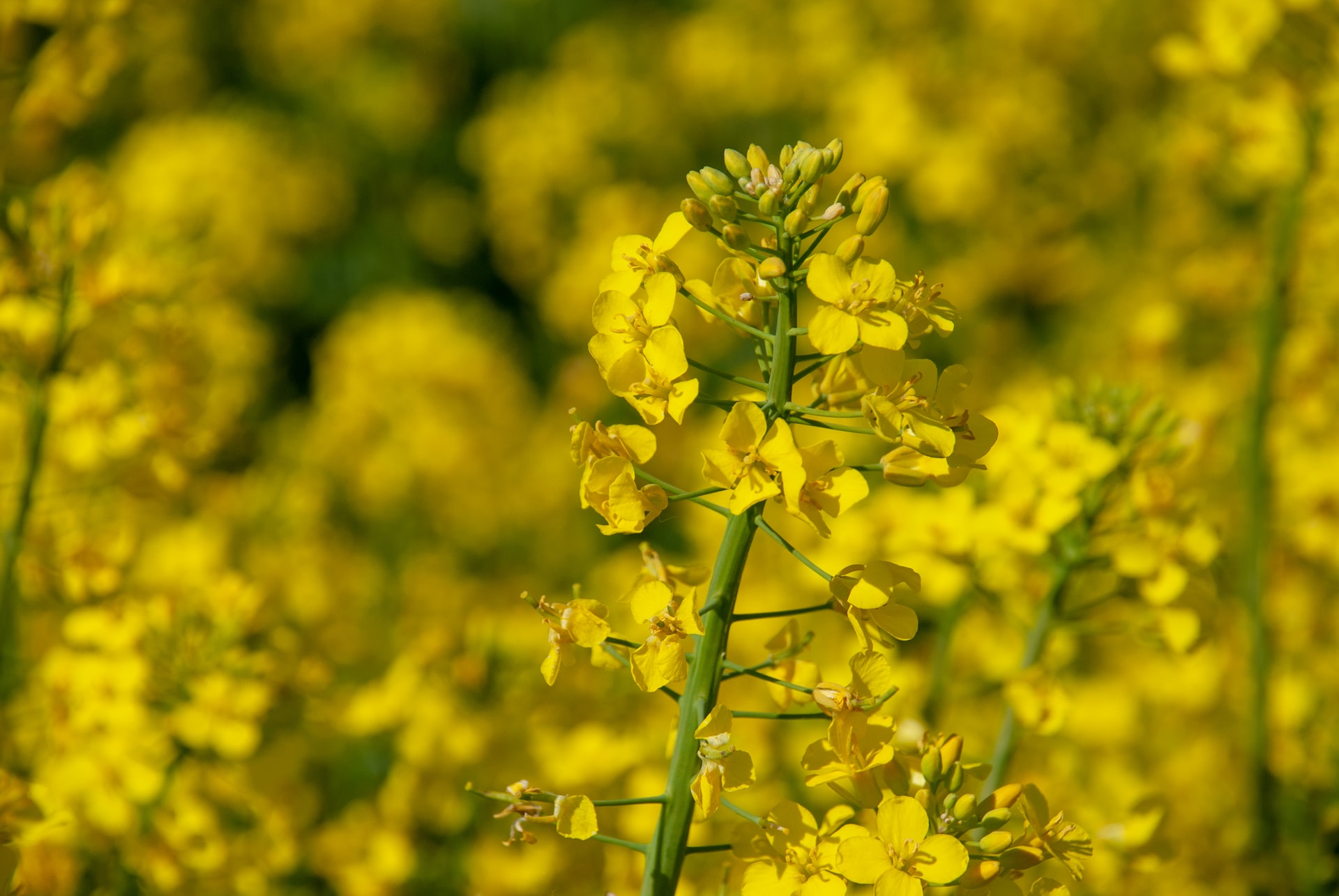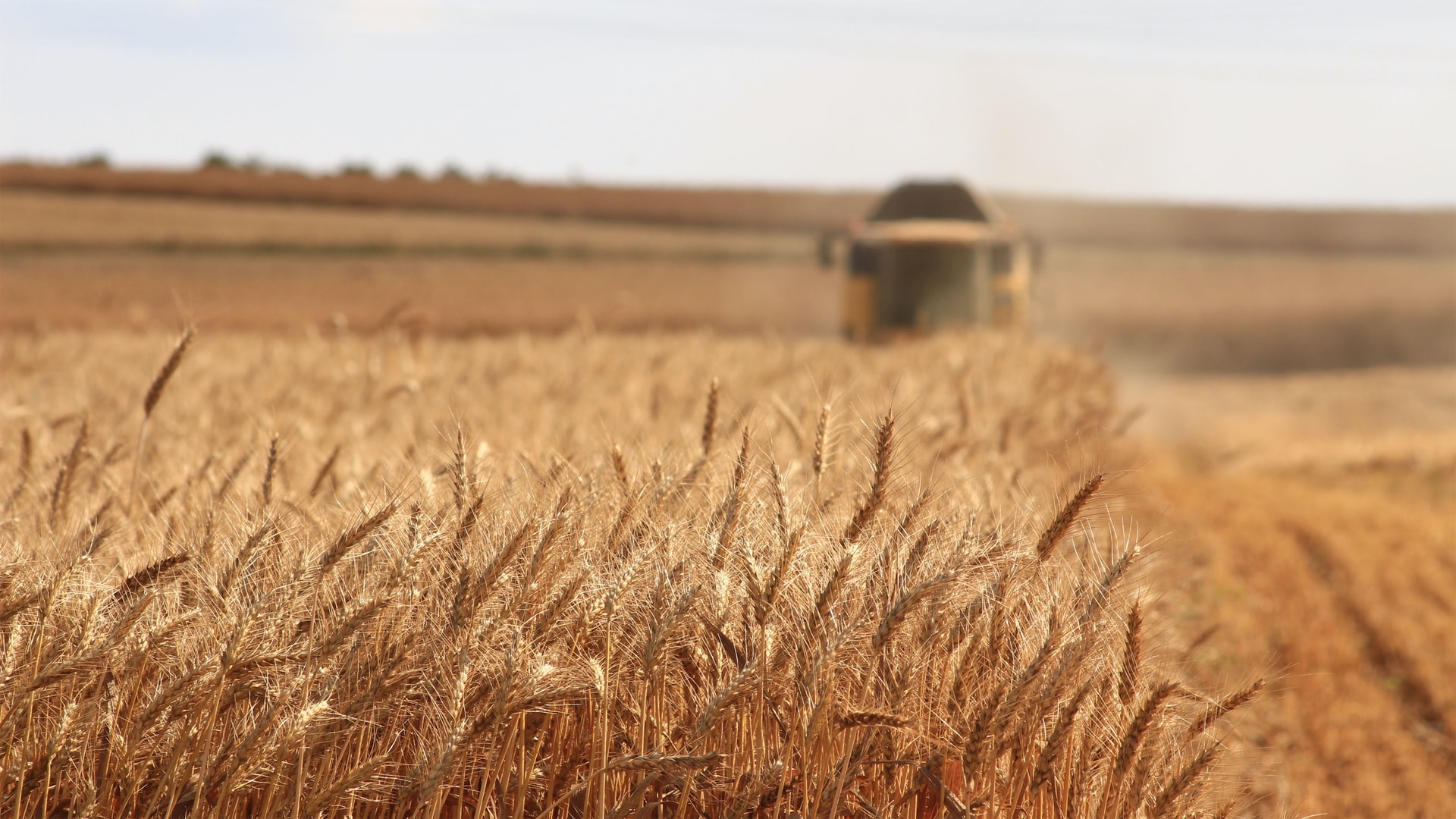Harvest versus the Heavens
By Darcy Ingram
3rd November, 2021
In what feels like a theme that will persist throughout the Australian harvest, the first weeks of header activity have faced some early challenges from Mother Nature. Queensland farmers experienced improved harvest conditions last week allowing them to finally make some solid progress on crops. Harvest activity to that point had been intermittent following showery conditions that while beneficial for soon to be planted summer crops, would be more welcome in a few weeks. Northern NSW receivals coincided with the warmer weather as the region experienced a much more cooperative week of early activity while growers in Western Australia will be watching forecasts closely as persistent rain halted headers in most of the state. Similarly, harvest activity had barely gotten off the ground in South Australia before experiencing their own delays due to rainfall.
Weather delays won’t just threaten quality and patience but also the movement of equipment and personnel that follow the harvest from north to south. Much has already been made of labour shortages the industry is facing and early holdups will have a flow on effect if contractors, carriers and receival staff are forced to sit and wait out the weather. Farmers and the trade alike are relying on freight contractors to be available once crops are ready and a logistics squeeze will certainly cause headaches with such a large crop to shift.
Early indications on yields and quality across the country have been positive so far with the mild finish to spring proving beneficial to most crops. Quality will be closely monitored and concerns will grow if the wet conditions persist. The Bureau of Meteorology recently upgraded their forecast for a La Nina event developing to seventy percent, signalling a likely increase in spring and summer rainfall. Following disappointing harvests in the Northern Hemisphere, supplies of high quality wheat and malting barley are tight globally and importers are looking to Australia to fill a significant portion of the deficit. Shipping out of Australian ports is filling quickly with wheat export slots fully booked for December and already most of January.
Local grain prices have been steady to soften in recent weeks despite strong global demand and rallying overseas futures markets. A combination of supply concerns, rising Russian export taxes and increased demand saw numerous futures contracts hit multi-year highs for milling quality wheat while basis softened due to an overall stronger Australian dollar and harvest selling pressure. With a big crop coming our way and prices relatively high, the selling activity of the Australian grower will have a significant influence on market direction in the coming weeks. As previously mentioned, shipping slots are filling fast as exporters connect with overseas buyers and purchase more grain from Australian growers. The market is currently pricing at an inverse to the second half of the year and at this stage the trade will be reluctant to make shipping commitments past June when the Northern Hemisphere crop becomes available. With a near record crop to come off and strong demand for high-quality Australian grain the harvest race is well and truly on.
Nerves and excitement as harvest rolls-out

Whether you're looking at social media, or more traditional media like you are now, you are no doubt being peppered with harvest pictures, videos and stories.
Read MoreParadise by the chaser bin light

With the Queensland cousins making a start to harvest proceedings these past few weeks, in between bouts of wild weather, New South Wales patiently waits for the crop to come in, albeit slowly given the gentle finishing conditions.
Read MoreTo hold or sell canola

As has been well publicised, canola prices are extreme and with harvest just around the corner, growers are anxious to get the crop off and convert it into dollars.
Read MorePrice jump again, with Australian producers in the box seat

Wheat futures ended the week with a bang on Friday night increasing their fightback after weeks of stagnation. All this action in wheat, all the while east coast canola prices continue their march towards A$1,000 per tonne – a price which has already traded in Western Australia.
Read More
Australian grain market looking buoyant

For the majority of New South Wales and the country generally, it is looking like an above average harvest and despite the challenges for many in securing staff, this is fantastic for regional Australia. Big crops bring so much activity, employment and economic benefit to our country towns which in these challenging times, is a very welcome positive.
Read MoreAnother record harvest on the cards

As we move towards the end of September, one of the most important growing months for Australia's winter crop, we can almost see the finish line. Back-to-back 30 million tonne wheat crops have been on the cards for much of the year and with New South Wales experiencing a cool and wettish September, only a hot and frosty finish will spoil the party.
Read MoreAustralian grain market outlook

Last week ABARES published their September Australian Crop Report which unsurprisingly saw production increases to the Australian winter crop following what can only be described as a dream run for most in the New South Wales cropping belt.
Read More